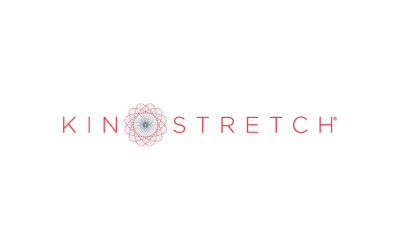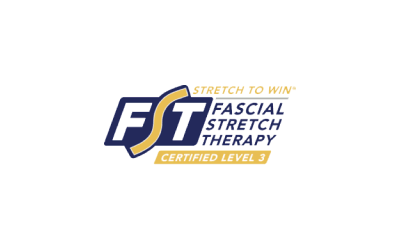Join the conversation.
In the dynamic world of fitness, where strength training often takes centre stage for its muscle-building and endurance-boosting benefits, there's a silent hero working behind the scenes – mobility training. While strength training undeniably sculpts a robust physique, gaining and maintaining mobility is more than just about flexibility; it's a cornerstone that enhances performance, prevents injuries, and fosters a holistic approach to fitness.

The Dynamic Duo: Strength and Mobility
- Defining Mobility: Mobility is not merely about touching your toes or doing splits. It encompasses a broad range of movements within a joint’s natural range of motion – the freedom and flexibility your body has to perform various activities without restriction.
- The Strength-Mobility Connection: Imagine building a house without a solid foundation – it’s a recipe for disaster. Similarly, strength gains without adequate mobility can lead to imbalances, compensations, and increased injury risk. Mobility lays the groundwork for strength by optimising joint function and muscle activation.
The Importance of Mobility in Strength Training
- Injury Prevention: One of the primary benefits of mobility training is injury prevention. Tight muscles and restricted joints can lead to poor biomechanics, increasing the likelihood of strains, sprains, and overuse injuries. By enhancing mobility and end range stregnth, you create a more resilient and adaptable body, reducing the risk of setbacks.
- Improved Range of Motion (ROM): Optimal joint mobility allows for a greater range of motion, essential for maximizing the effectiveness of all movement.
- Muscle Activation: Mobility training goes hand in hand with proper muscle activation. Freely moving joints allow muscles to engage more effectively, improving strength and preventing imbalances that could hinder progress.
Deserving of recognition in the realm of strength...??
Mobility training deserves recognition within the realm of strength training, as it extends beyond flexibility and encompasses vital adaptations in connective tissues through internal loading strategies.
Engaging in mobility exercises places a unique demand on the body, requiring muscles, tendons, and ligaments to work cohesively.
As individuals move through various ranges of motion, these internal loading strategies stimulate the strengthening and remodeling of connective tissues.
The resilience and adaptability cultivated in joints, tendons, and ligaments contribute significantly to overall strength and stability.
It’s important to note that true mobility gains are not solely achieved through the passive use of bands and foam rollers. While these tools may offer temporary relief, the dynamic, active nature of mobility training is essential for promoting lasting strength and flexibility, underscoring its role in optimal physical performance and injury prevention.

Conclusion
In the journey to unlock strength, understanding the interplay between mobility, muscle engagement, and joint/connective tissue health is paramount.
Integrating strength training with mobility exercises targeting joints and connective tissues builds a foundation of resilience and adaptability. This not only safeguards against injuries but also amplifies overall performance, allowing you to move with greater efficiency and power.
Embrace the dynamic relationship between strength and mobility, and witness the transformative impact on your body’s capabilities. So, let mobility be your silent partner on the road to a stronger, more resilient you.




